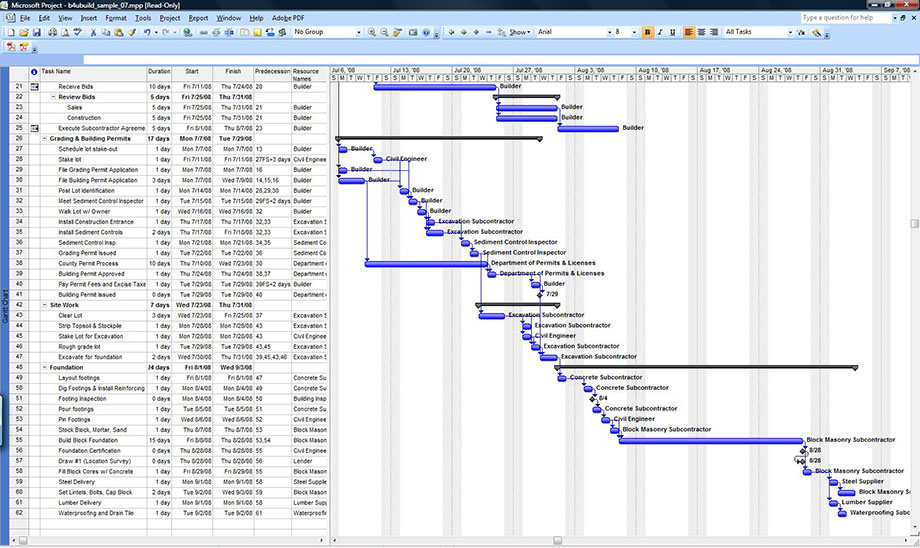
Ms Project Tutorial
GUIDE TO USING MICROSOFT PROJECT 2013 Note 1: This Appendix is used with permission from Schwalbe Publishing. It was published as a stand-alone book on May 2, 2013 and as an appendix in Kathy Schwalbe’s Healthcare Project Management (co-authored with Dan Furlong) and Revised An Intro-duction to Project Management, Fourth Edition.
Download Ms Project For Free


Ms Project 2013 For Dummies Free Download
Embed this ProgramAdd this Program to your website by copying the code below.PreviewPreview. Key FeaturesIf you’ve never used Microsoft Project before, there is the ‘getting started’ screen that shall help you learn quickly new features so that you start right and make good use of what the tool offers. The automated scheduling applications help bring down training time and inefficiencies.
Also, you could create multiple timelines that make visualizing complex schedules easier.The resource management software tools would help with building project teams, creating more efficient schedules and requesting resources needed. Most importantly, the built-in reports assist you with visualizing information to gain valuable insights across projects, thereby making more information-driven decisions. Design and TimelinesThere are zero changes here as far as design or the tabs layout go, or the options in those tabs.
This means you’ll not have to learn anything new. Also, Project 2013 presented ‘timelines’ for the first time. These timelines were another way to present schedules as an attractive summary. Project 2016 improves upon these timelines.Microsoft Project is no doubt an excellent scheduling product. Merging Project Server and Microsoft Project 2016 could enable a company to have a full-fledged project management suite that could help increase project management activities’ efficiency.